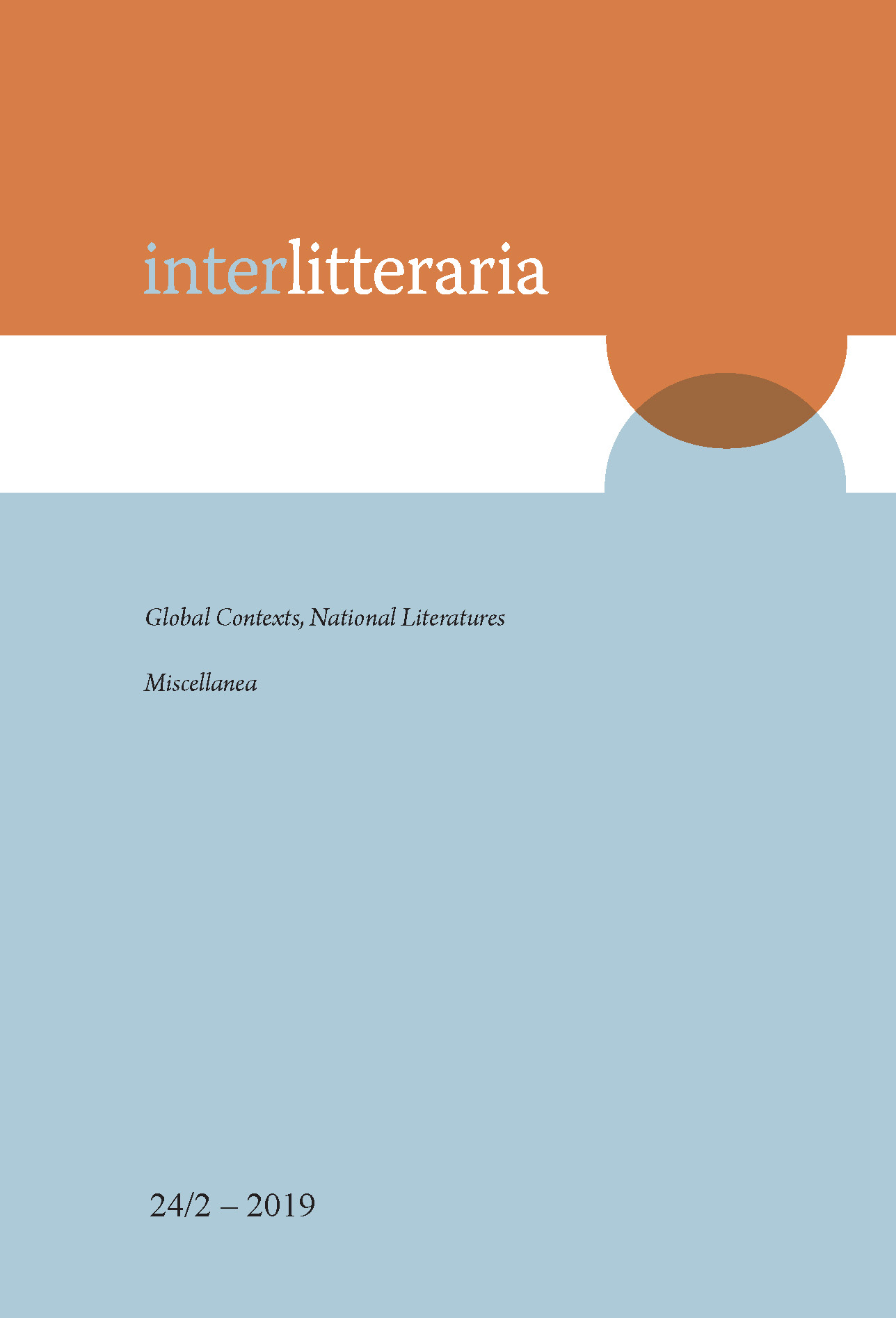Metaficción historiográfica y autoficción: diferentes compromisos con la referencialidad en Estação das Chuvas de José Eduardo Agualusa y Soldados de Salamina de Javier Cercas
DOI:
https://doi.org/10.12697/IL.2019.24.2.16Keywords:
autofiction, historiographic metafiction, referencial character, historical character, Soldados de Salamina, Estação das ChuvasAbstract
Historiographic metafiction and autofiction: different commitments with the referentiality in Estação das Chuvas by José Eduardo Agualusa and Soldiers of Salamina by Javier Cercas. This article offers a comparative analysis of the novels Estação das Chuvas (1996) by the Angolan writer José Eduardo Agualusa (born in 1960) and Soldados de Salamina (2001) of the Spaniard Javier Cercas (born in 1962). The two novels belong to different geographical and cultural contexts. Nevertheless, a common sensibility – due perhaps to the same generational affiliation or to the prevalence of topics in force in the 1990s – makes evident the emergence of both a historical theme and the presence of a subject involved in historical processes. Ultimately, in both novels, we come across a subject that makes history although in quite different ways: involved firsthand in historical events with tragic implications, in the case of Agualusa, and absorbed in a reflection on apparently distant events in the case of Cercas. However, the result of the emphasis on the presence of a subjectivity within historical processes causes the two novels to share a common element, that is, a double generic affiliation. Both Estação das Chuvas and Soldados de Salamina actually share semantic traits that make it possible to classify them at the same time as autofictional novels and historiographic metafictions.
Despite their common architectural matrix, the two novels represent two very different expressions within these genres. This manifests itself at different levels: first, the treatment of the autofictional character and, secondly, the treatment of the other characters. Through the analysis of the characters that populate these two novels, I will try to show how the two writers adopt divergent attitudes regarding the degree of referentiality in their works and how they end up proposing two different poetic options. In the analysis of the characters, I consider it useful to introduce a taxonomy that, in addition to including already existing types (referential, historical, fictitious characters), introduces other types hopefully useful to the study of the currently abundant number of fictions that, through an ambiguous narrative pact, are located between fiction and faction.
Downloads
Downloads
Published
Issue
Section
License
The contents of Interlitteraria are published under CC BY-NC-ND licence.


